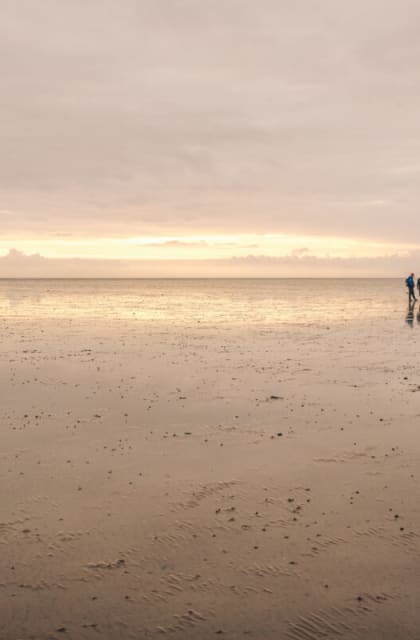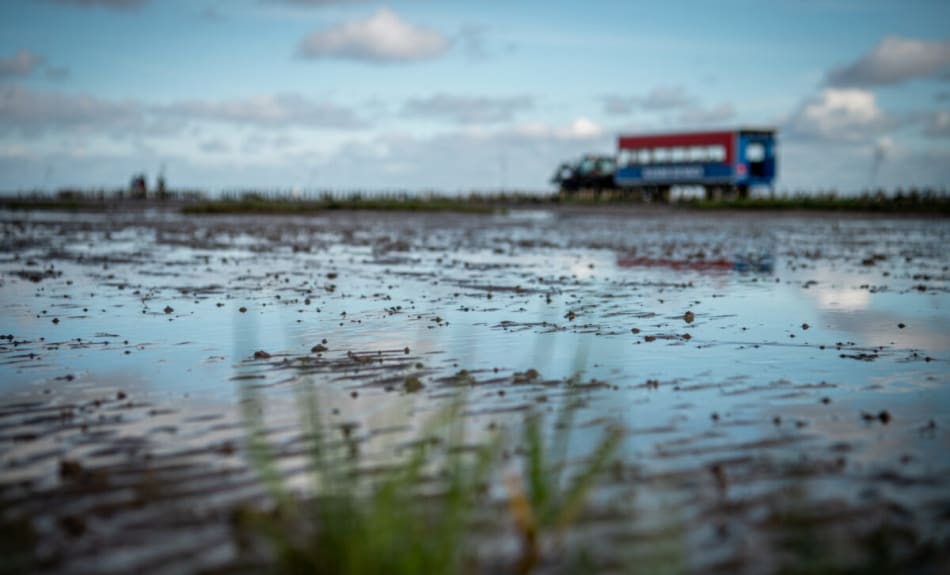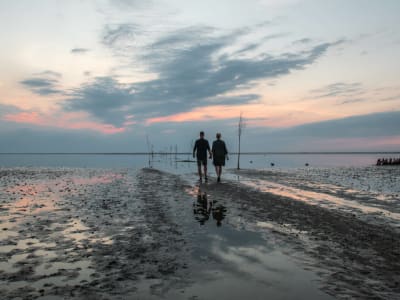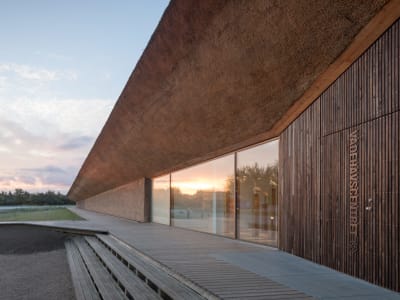Fishing, Tourism, and Agriculture in the Area
The Wadden Sea is vital for many local communities that depend on fishing, tourism, and agriculture. Several historic towns and villages in the region have deep ties to the Wadden Sea, with rich cultural heritage. Numerous museums and cultural centers in the area provide insights into the region's history and culture.
UNESCO Wadden Sea
In 2009, the Wadden Sea was declared a UNESCO World Heritage site, recognizing its unique ecology and environmental importance, as well as its cultural and historical significance. This recognition has led to increased awareness, protection, and support for various conservation and preservation projects in the area.
Climate Change
However, challenges such as erosion, climate change, and human activities still pose threats to the region’s ecological balance and biodiversity. Several initiatives, including tailored management plans, coastal protection, and pollution reduction efforts, are in place to safeguard the area.
It is crucial to continue these conservation efforts to ensure that this unique ecological and cultural treasure remains preserved for future generations, while supporting the livelihoods of local communities.






